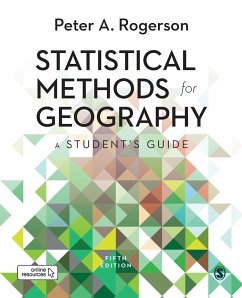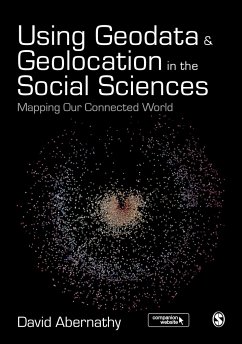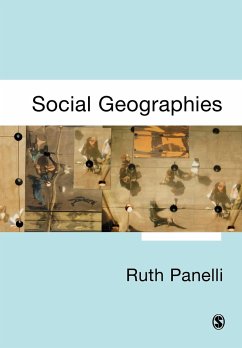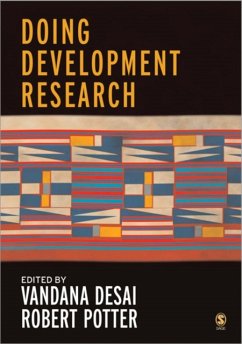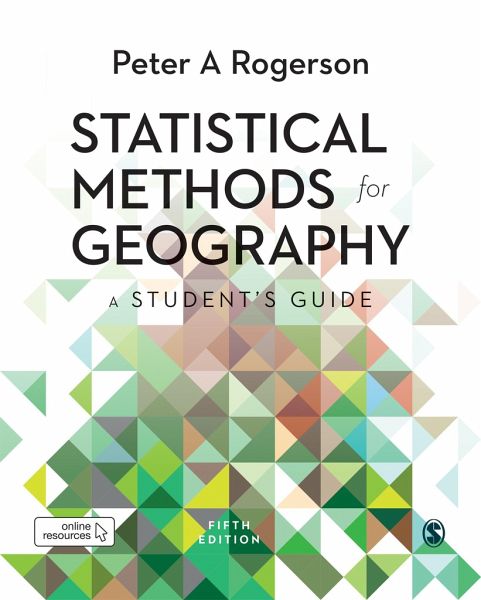
Statistical Methods for Geography
A Student's Guide
Versandkostenfrei!
Versandfertig in 6-10 Tagen
146,99 €
inkl. MwSt.
Weitere Ausgaben:

PAYBACK Punkte
73 °P sammeln!
Statistical Methods for Geography is the essential introduction for geography students looking to fully understand and apply key statistical concepts and techniques. Now in its fifth edition, this text is an accessible statistics 101 focused on student learning, and includes definitions, examples, and exercises throughout. Fully integrated with online self-assessment exercises and video overviews, it explains everything required to get full credits for any undergraduate statistics module.The fifth edition of this bestselling text includes:· Coverage of descriptive statistics, probability, inf...
Statistical Methods for Geography is the essential introduction for geography students looking to fully understand and apply key statistical concepts and techniques. Now in its fifth edition, this text is an accessible statistics 101 focused on student learning, and includes definitions, examples, and exercises throughout. Fully integrated with online self-assessment exercises and video overviews, it explains everything required to get full credits for any undergraduate statistics module.
The fifth edition of this bestselling text includes:
· Coverage of descriptive statistics, probability, inferential statistics, hypothesis testing and sampling, variance, correlation, regression analysis, spatial patterns, spatial data reduction using factor analysis and cluster analysis.
· New examples from physical geography and additional real-world examples.
· Updated in-text and online exercises along with downloadable datasets.
This is the only text you ll need for undergraduate courses in statistical analysis, statistical methods, and quantitative geography.
The fifth edition of this bestselling text includes:
· Coverage of descriptive statistics, probability, inferential statistics, hypothesis testing and sampling, variance, correlation, regression analysis, spatial patterns, spatial data reduction using factor analysis and cluster analysis.
· New examples from physical geography and additional real-world examples.
· Updated in-text and online exercises along with downloadable datasets.
This is the only text you ll need for undergraduate courses in statistical analysis, statistical methods, and quantitative geography.




